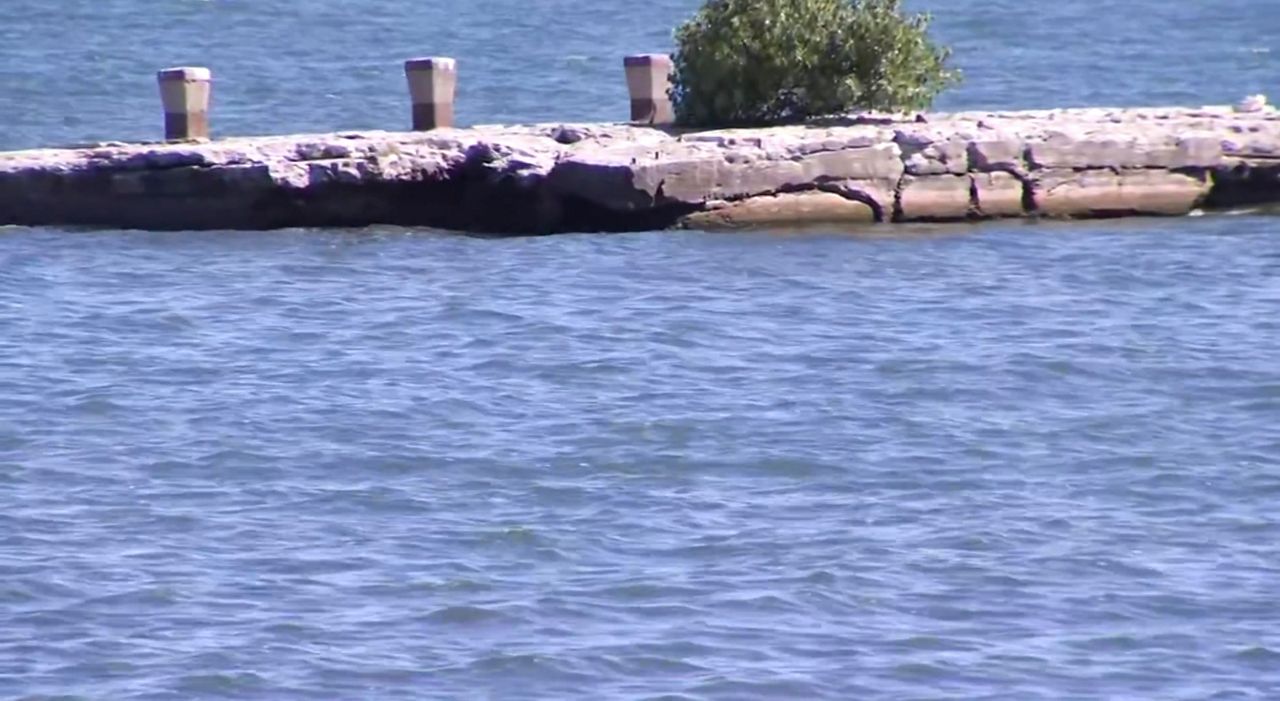Paul Dicky, the director of the Environmental Health Division for the Niagara County Department of Health, says the culprit of all the closings at Olcott Beach is E.coli bacteria.
"E.coli comes from fecal matter of an animal. And if you exceed a certain threshold, the water quality is deemed unsafe for swimming, so we close the beach for swimming," Dicky said.
Dicky said the water is sampled every Monday, and if there's a bad result, it's retested on Wednesday. If it's still comes back a bad test on Wednesday, it's retested again on Friday.
Spectrum News 1 obtained the beach water testing reports through a Freedom of Information request. The data shows that the levels of E.coli in the water can fluctuate wildly, even over a short span of a day. For example, on July 18, the E.coli levels were at 1,200 colony forming units per 100 milliliters, and two days later, the E.coli levels are at 10 colony forming units per 100 milliliters. Officials close the beach at 126. Scientists are intrigued by the high variability in the data.
"It is interesting that the highs tend to be right after the weekends and the lows seem to be towards the end of the workweek, which would suggest that there might be something associated with the weekends but that's, as they always say, correlation is not causation," Greg Boyer, Emeritus Professor of biochemistry at the SUNY College of Environmental Science and Forestry, said.
"We tend to get higher bacteria readings after significant rainfall in the previous 24 hours. We seem to get higher bacteria readings when we have a north wind, which is creating wave action on the shoreline, creating more sediment to be stirred up. There's a loose correlation with lake temperature," Dicky said.
Dicky said there's a test that can tell what kind of animal the bacteria is coming from. He said several samples showed it was a ruminant, or a grazing animal like cows, sheep, elk, geese or humans. The laboratory couldn't confirm what kind of ruminant it was, but could say it wasn't a type of cattle. Health officials are working to narrow the answer down.
"Niagara County doesn't have a lot of sheep, goat, elk, llama. We do have a lot of deer. So process of elimination it seems odd, why would deer be affecting the lake? That's still a bit of an unknown," Dicky said.
Dicky says other possibilities could be geese or humans. He says the Niagara County Health Department has met with the DEC hoping to find a solution.
"We'll be sharing our data with them and they're gonna be helping us maybe identify funding sources and give us more ideas on what direction we could go," Dicky said.








